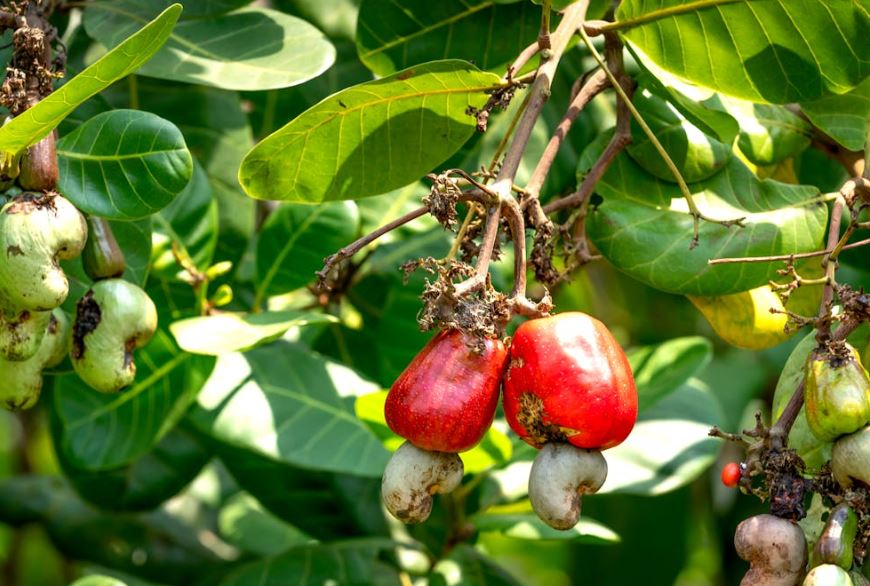In the fight against climate change, the food on our plates may hold more power than we think. While much of the global conversation has focused on reducing emissions from fossil fuels and transportation, another revolution is quietly taking place in fields, forests, and oceans: the rise of carbon-negative foods—ingredients that actually help pull carbon dioxide out of the atmosphere.
What Are Carbon-Negative Foods?
A carbon-negative food is one that removes more carbon dioxide (CO₂) from the atmosphere during its production than it emits. This can happen through various means—photosynthesis, soil carbon storage, or regenerative farming practices. These foods don’t just reduce environmental impact; they actively contribute to reversing it.
Let’s take a closer look at some of the standout carbon-negative foods reshaping the way we think about climate-friendly eating.
- Tree Nuts: Nature’s Tiny Carbon Vaults
Almonds, walnuts, pistachios, and other tree nuts might be small, but they have a big environmental upside. Tree crops capture CO₂ from the air and store it in their trunks, roots, and surrounding soil. Unlike annual crops that require tilling, trees are long-term carbon sinks.
According to some studies, well-managed almond orchards in California can sequester more carbon than they emit—especially when combined with renewable energy irrigation and organic practices.
- Kelp and Seaweed: Oceanic Superheroes
Seaweed farming is emerging as one of the most promising carbon-negative agricultural practices. Kelp, a fast-growing type of seaweed, absorbs CO₂ as it grows—up to five times more efficiently than land plants. It requires no fresh water, fertilizer, or land to grow, and it can help restore marine ecosystems.
In addition to being a sustainable food source, kelp can be used as animal feed, reducing methane emissions from livestock, and even as a biofuel, making it a multi-functional climate solution.
- Perennial Grains: The Deep Roots of Regeneration
Unlike traditional grains, perennial crops like Kernza (a relative of wheat) stay in the ground year after year, reducing the need for tilling and chemical inputs. Their deep root systems store carbon, prevent erosion, and improve soil health. As these grains become more commercially viable, they represent a shift toward agriculture that nurtures the planet rather than depleting it.
- Legumes: Nitrogen-Fixing Carbon Champions
Beans, peas, lentils, and other legumes play a vital role in sustainable agriculture. They naturally fix nitrogen in the soil, reducing the need for synthetic fertilizers—a major source of greenhouse gas emissions. When grown with cover cropping and minimal tillage, legumes can increase soil organic carbon, improving both yields and sustainability.
- Agroforestry Crops: Blending Trees with Food
Agroforestry integrates trees with crops or livestock in the same space. This not only diversifies income for farmers but also creates highly effective carbon sinks. Foods like cacao (used for chocolate), coffee, avocados, and certain fruits thrive in agroforestry systems, where they contribute to carbon sequestration while supporting biodiversity.
The Bigger Picture: Food as a Climate Solution
Transitioning to a food system that includes more carbon-negative crops can be a powerful tool for climate mitigation. It’s not just about what we grow, but how we grow it. Supporting regenerative agriculture, sustainable aquaculture, and biodiversity-rich farming helps create a future where our diets heal the planet instead of harming it.
While no single food can save us, collectively, carbon-negative ingredients offer a delicious and scalable way to address one of the greatest challenges of our time. As consumers, farmers, and policymakers take notice, these climate-friendly foods may soon become staples on our plates—and heroes in our climate playbook.

